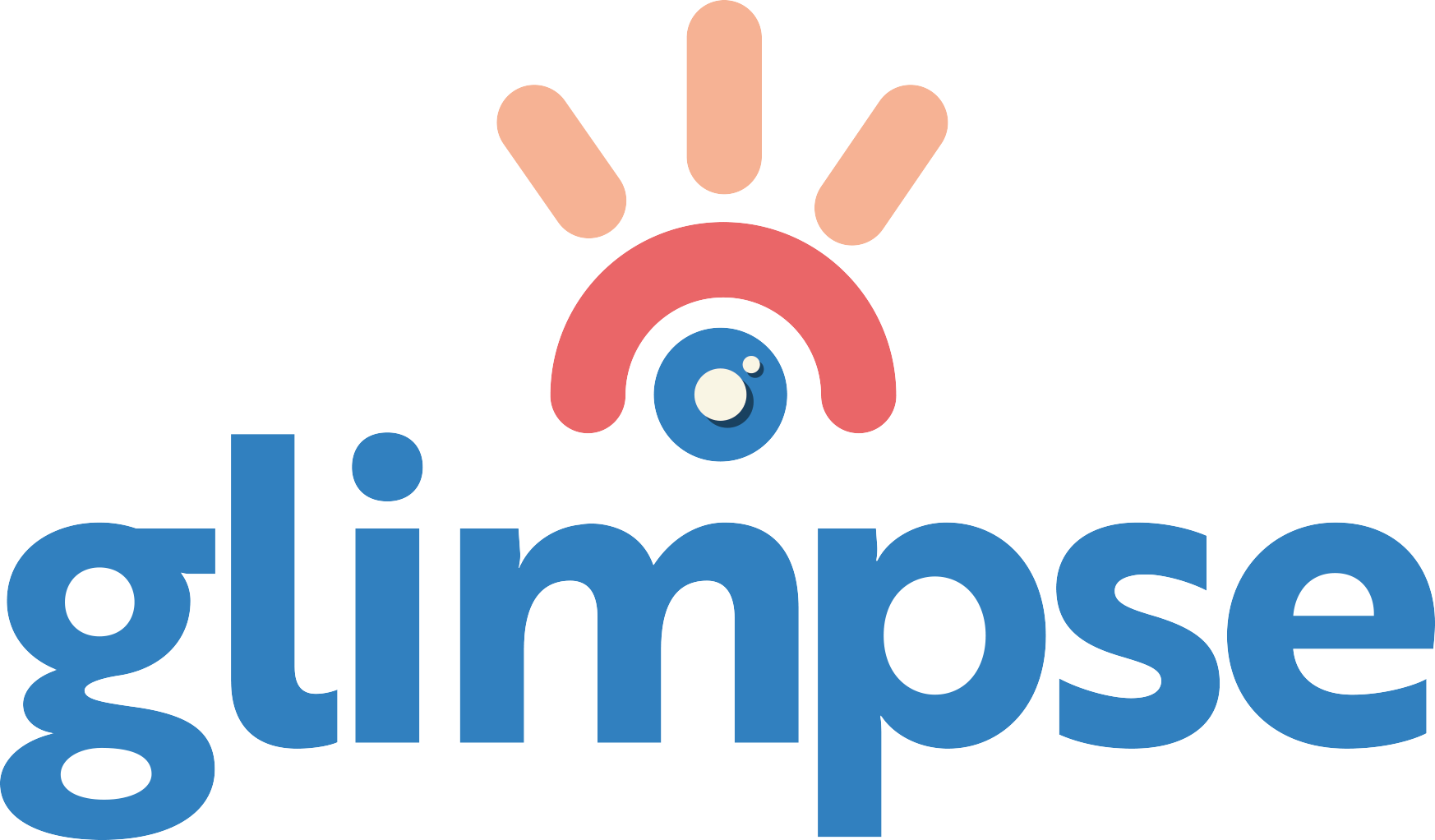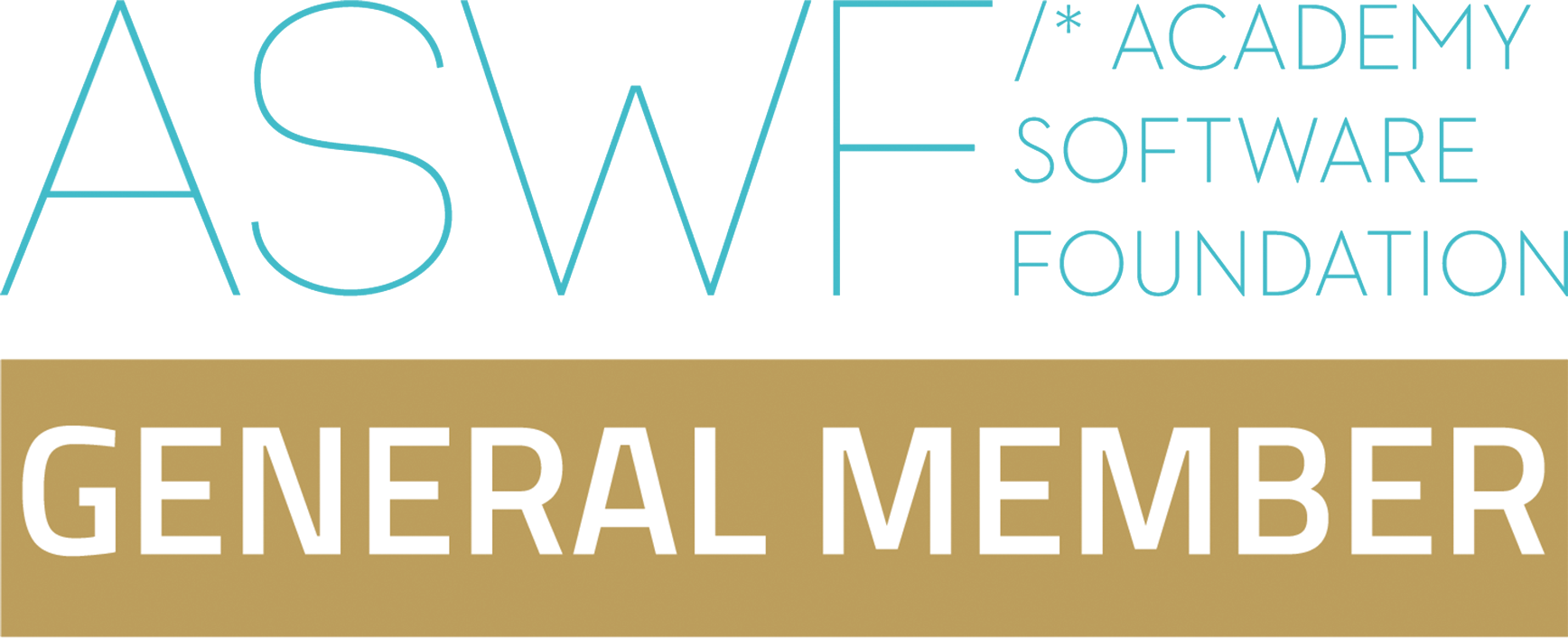27 April 2022
In March, the Academy Software Foundation (ASWF) hosted the annual Open Source Forum for 2022. Attending this forum that gathers technical leaders across the motion picture and media industries has inspired us to reflect on our own contributions to Open Source projects.
Why We Open Source
At Animal Logic, we firmly believe that Open Source software projects are the way of the future as it is beneficial to our software stack, our engineers and the development community and industry at large.
Leveraging Open Source software provides us with the opportunity to tap into knowledge of the wider community and innovating with other industry leaders through collaboration. We believe that building global communities that are united around solving common challenges faster and better than if we were to do it alone, and also result in software that would benefit everyone. Our participation in the Cloud Native Studios discord server is an example of this.
As we have benefitted from the use of open source software, we have an obligation to reciprocate and to foster this community, growing the talent pool of people with transferrable skills. Our open source involvement showcases our technology to the developer community, sharing the challenges we face and our approaches to solving them.
What We Open Source
Universal Scene Description
Animal Logic’s open source journey began as early adopters of Pixar’s Universal Scene Description (USD) technology with the release of our USDMaya plugin (known as “AL_USDMaya”) in 2017. The plugin enables powerful and efficient authoring and editing of 3d graphics data using USD in Autodesk Maya. Our plugin has been used by many companies in the VFX and animation industries and serves as a baseline contribution for Maya’s native USD plugin which in turn has also been implemented as an Open Source project.
In 2021, Animal Logic released USD ALab, the first real-world implementation of a complete USD production scene as open source assets to educate and inspire others to conduct their own exploration.
While open source data sets currently exist, USD ALab is a full scene description from global assets through to shot outputs, including referencing, point instancing, assemblies, technical variants, global assets and shot based overrides.
The USD ALab has been released using ASWF’s Digital Assets Licence and we intend to release ALab v2 in 2022 as a Digital Production Example Library (DPEL) asset set, which provides digital sample assets that content creators can use for instructional purposes.

Rendering
Throughout the development of Glimpse our in-house renderer, Animal Logic has had a history of many years of involvement with OpenImageIO and Open Shading Language through contributions of both ideas and code.

More recently in January 2021, Animal Logic contributed the idea of “shader output placement” to Open Shading Language (OSL). This is a technique where shader arguments can be parsed into OSL without the need for function calls to a RendererServices subclass. It allows the output attribute evaluation to be extremely fast, and can significantly improve the overall performance of OSL within a pathtracer.

In October 2021 Animal Logic contributed the concept of “stochastic texture mip-mapping” to OpenImageIO. This is a technique whereby the mip-map level is chosen stochastically, rather then linearly interpolated, which has the effect of decreasing memory and tile traffic
and improving rendering performance with minimal visual impact (aside from a small amount of added noise, outweighed for the majority users by faster render times).
Package & Environment Management
We’re very excited about last month’s announcement from the ASWF regarding the addition of Rez as it’s newest hosted project. Animal Logic has been actively using and contributing to Rez since 2014 as an integrated package configuration, build and deployment system for software and we’re looking forwards to continuing to contribute towards this codebase. We also leverage another Open Source technology, Apptainer (formerly Singularity) as a base stable container, with Rez as our package management solution on top. The combination of these two technologies allow us to provide the best compromise between stability and innovation to achieve reproducible and stable builds, match build/runtime environment as well as allow for faster transitions for new technology across multiple productions and under different Operating System versions.

For more on build and deployment systems, check out Pipeline for Pipelines: DevOps for pipeline development – The Pipeline Conference 2021
Edit Pipeline
In late 2021, Animal Logic overhauled our Edit pipeline with a new tool using OpenTimelineIO (OTIO) to replace the AAF format. OTIO is one of the fundamental building blocks of the new Edit pipeline and because it is Open Source, we’ve been able to modify and improve the “AAF Adapter” with features such as support for keyframed properties, reading markers and special source MOB usage to identify subclips.

How To Get Involved
Animal Logic is a General Member representative to the Governing Board of the Academy Software Foundation (ASWF) which was founded in August 2018 by the Academy of Motion Picture Arts & Sciences (AMPAS) and the Linux Foundation. The ASWF provides a neutral forum for open source software developers in the motion picture and broader media industries to share resources and collaborate on technologies. The ASWF is a great starting point to discover a number of open source projects and how to get involved.
